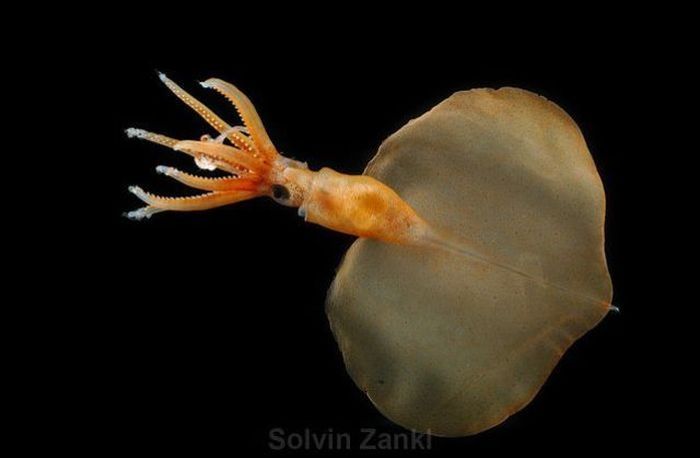|
|
Deep Sea Creature
|
Chemosynthesis
Since at such deep levels, there is little to no sunlight, photosynthesis is impossible as a means of energy production, leaving some creatures with the quandary of how to produce food for themselves. For the giant tube worm, this answer comes in the form of bacteria that live inside of it. These bacteria are capable of chemosynthesis and live inside of the giant tube worm, which lives on hydrothermal vents. These vents spew very high amounts of chemicals that these bacteria can transform into energy. These bacteria can also grow freely of a host and create mats of bacteria on the sea floor around hydrothermal vents, where they serve as food to other creatures. Bacteria are a key energy source in the food chain. This source of energy creates large populations in areas around hydrothermal vents, which provides scientists an easy stop for research.
The term deep-sea gigantism describes an effect that living at such depths has on some creatures' sizes, especially relative to the size of relatives that live in different environments. These creatures are generally many times bigger than their smaller counterparts. The Giant Isopod (related to the common pill bug) exemplifies this. Scientists haven't been able to explain deep-sea gigantism, with the exception of the giant tube worm. Scientists believe these creatures are much larger than shallower-water tube worms because they live on hydrothermal vents that expel huge amounts of resources. They believe that, since the creatures don't have to expend energy regulating body temperature and have a smaller need for activity, they can allocate more resources to bodily processes.
|
|









